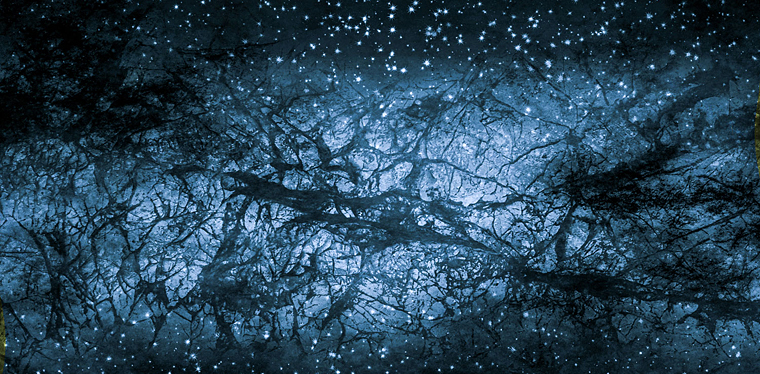
Physicists generally agree the matter we can see and detect makes up only a small percentage of the total matter in the universe, something less than 17%. The remaining matter has been named “dark matter” because it cannot and has not been positively detected; its gravitational effects, however, have been measured. Such dark matter, called WIMPS and MACHOS (see my previous Sun article so entitled from June, 2010) emits no detectable energy or light, but does provide the gravitational mass necessary to explain why galaxies don’t fly apart.
A number of experiments are currently being conducted in very deep mines around the globe in an attempt to find evidence of dark matter. If dark matter exists, the theory goes, then particles of it should leave traces in materials specifically constructed to capture such information. By placing these experiments deeply underground, extraneous visible matter particle traces that would otherwise be recorded can be more easily excluded.
Some recent reports indicate that such evidence may now be available. By extrapolating the effect of the movement of the solar system within the galaxy and the movement of the earth within the solar system, encounters with dark matter have been predicted, and results are now affirming those predictions. The predictions forecast that a periodic modulation of contact with dark matter would occur, and this appears to have been recorded in at least two of the deep mine experiments. In the realm of scientific experiment, dark matter is coming to light.
Given that the nature of dark matter is a complete mystery and that it is composed of nothing we presently understand, we are left only with speculation to determine the ways in which dark matter impacts our existence. It may well be that dark matter suffuses everything according to physical laws or dimensions not yet discovered. If the universe is 83% dark matter, does it mean that each of everything is also 83% dark matter? If that is the case, does it mean what we know about existence is only 17% valid, and therefore the real nature of existence is unknown?
For many thousands of years, wisdom traditions of India and Asia have alluded to this view, namely that existence is inconceivable. Such traditions teach “The Tao that can be known is not the Tao,” and “Form is emptiness, emptiness is form.” While on one level paradoxical, such statements increasingly appear to be the literal truth of reality as understood by physicists today. What is seen and can be detected is just the slightest and barely approximate reflection of the full truth of existence; the full truth is essentially inconceivable.
As human beings, our desire to know the truth is paramount. In every age and every culture, the search for truth has occupied the greatest minds and influenced the development of society. Yet as an indication of its inconceivable quality, the truth keeps changing, much to our dismay. We want to finally and completely understand reality so that we can control it, but one can see the impossibility of that. Thus human anxiety is constant, and transforms into dogma, aggression and violence. This is what we call the dark side of human nature, and fully understanding this reality dwarfs the value of any knowledge we have gained or stand to gain about physical matter of any kind, dark or visible.